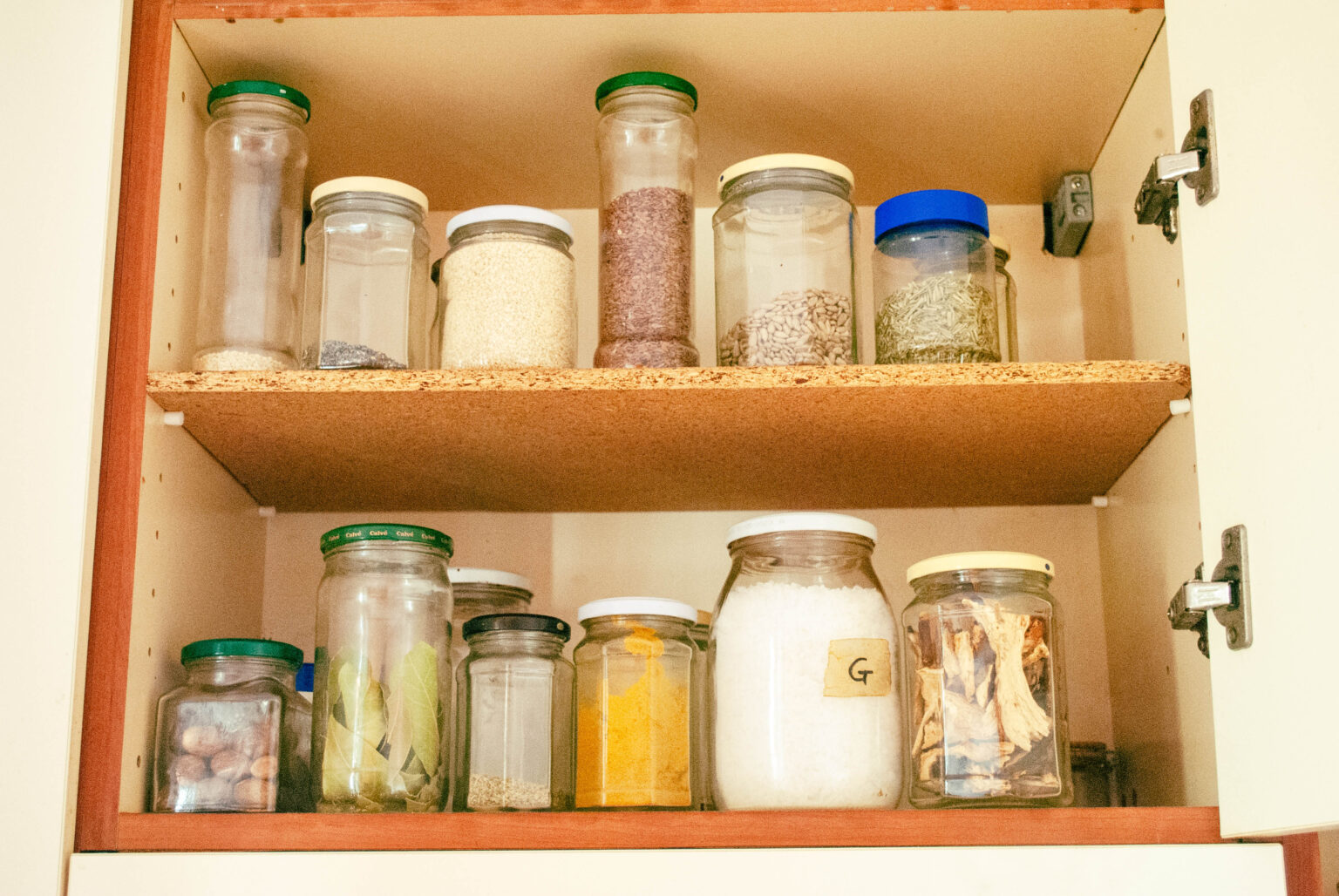A post about a home resident who returned from a 10-day trip to discover their kitchen cupboard teeming with “tiny things” has gone viral on Reddit.
Shared by Reddit user u/odd_pk in the r/whatisit thread, the post—titled “What are these tiny things running inside my kitchen cupboard?”—has amassed 22,000 upvotes since it was shared on July 2.
The brief video shared in the post shows jars and containers coated in a fine, white layer of minuscule specks. In a caption, the poster wrote: “I’ve been away from home for 10 days. When I got back, these tiny things were everywhere in the cupboard. What are they?”
According to Ed Dolshun, vice president of business development and technical director at Catchmaster, a pest control products company, the culprits are most likely stored product mites.
“From what I can see in the video, those do indeed look like stored product mites,” Dolshun told Newsweek. “These are the tiny pale insects that thrive in warm environments and love undisturbed, improperly stored goods. They are not directly harmful to humans, but they will destroy and contaminate your pantry fast.”
Dolshun explained that these mites can multiply explosively when left undisturbed in the right conditions—typically involving humidity and warmth. “These guys are so small that they pretty much go unnoticed until their conditions are perfect—then the population explodes,” he said.
Deby Cassill, an integrative biologist at the University of South Florida, identified the invaders as likely grain mites or flour mites, common pantry pests that feast on stored food such as flour, grains, and cereals.
“These mites thrive in humid and warm environments, often entering homes through packaged foods,” Cassill told Newsweek. “They are harmless to humans but can spoil food we eat by defecating after gorging on grains—boxed cereals, oatmeal, and even baked goods.”
Cassill shared that a single female grain mite can lay up to 800 eggs—at a rate of 20 to 30 per day—on the surface of food products. “The eggs are about 0.12 mm long and are white in color with a smooth surface,” she noted. “The flour mite life cycle consists of eggs, juvenile nymphs, and adult stages.”
In the right conditions, a cupboard full of food can become a breeding ground within days. “With sufficient food in a safe environment like a cupboard, females can produce thousands of flour mites within days,” she said.
How to Get Rid of Mites
Both experts emphasized the importance of deep cleaning rather than relying on pesticides.
“Take everything out of the cupboard and throw it away in a plastic bag,” advised Cassill. “Soak glass or plastic containers in hot soapy water in the sink. Wash the cupboard inside and out as well. Some people recommend bug spray, but I recommend a deep cleaning by tossing everything and then using soap and hot water to clean the cupboards.”
Dolshun said: “You will want to focus on finding all of the cardboard storage and paper storage, as that is most likely where they are located. In the example of this video, you can see the mites on jar lids, but most likely those jars are not the main source of the infestation.”
To properly treat the area, Dolshun recommends vacuuming and wiping down every surface with a warm soapy solution. “Let the area dry out completely, as humid conditions are part of the reason that these guys show up. After you clean the infestation out, you can even experiment with a dehumidifier to help you out.”
He also cautioned against overusing commercial bug sprays. “What you do not want to do though, is start using toxic aerosol sprays inside your pantry,” he said. “These rarely will be as effective as you want them to be for these kind of mites, and can actually leave behind some pretty harmful residue around your food.”
Instead, he recommends glue boards to catch any lingering mites after the space is dry and clean.
Newsweek has contacted the original poster for comment via the Reddit messaging system.
Do you have a home-related video or story to share? Let us know via life@newsweek.com and your story could be featured on Newsweek.
Read the full article here

